1. Overview of theories of work motivation
1.1. The group of theories on work content describes motivated behavior as the efforts of individuals, working towards results to satisfy their needs. According to Abraham Maslow (1943), everyone has a hierarchy of needs arranged in ascending order from physiological needs (basic needs) to safety, social community relations, being respected and self-actualization of their ideals. Based on these principles, Clayton Alderfer built the ERG theory (1969), simplifying it into three groups of needs: existence, connection and promotion. In addition, the theory of needs achieved from personal experiences by David McClelland (1961) divided the types of needs: achievement, affiliation and power.
Herzberg's two-factor theory (Herzberg, Mausner & Snyderman, 1959; Herzberg 1965) includes two groups: 1) Hygiene factors refer to aspects and contexts of work, such as regimes, policies, supervision mechanisms, working conditions, wages, safety and insurance. If these factors are not met, they can lead to dissatisfaction at work; 2) Factors that truly motivate work are internal factors of the work itself, including: the ability to complete tasks, recognition of achievements, meaningful work and space for career advancement as well as promoting employees' knowledge, skills and values.
According to the model theory, job characteristics are the core content that creates the internal motivation of employees. This model proposes five core job characteristics that have the effect of motivating employees, which are: using a variety of skills; clear job identity; meaningful work; having a certain level of autonomy; always receiving feedback during the process of performing the job.
1.2. The process-based theories of motivation that have developed since the mid-1960s view motivation as a rational process that explains why individuals engage in certain behaviors. This group of theories examines psychological processes as the key to understanding employee motivation.
According to the equity theory of John Stacy Adams (1965), employees have a mentality of comparing the input (knowledge, skills, experience, effort...) that they contribute to the organization with the work results and benefits they receive (treatment, rewards...) as well as comparing the ratio between them and the ratio of their colleagues in the organization to shape their perception of fair treatment. They will have negative thoughts, behaviors and lose motivation if they perceive that the evaluation, recognition, distribution of benefits and creation of development conditions are unfair and unjust.
Victor Vroom's expectancy theory (1964) proposed three factors that determine employee motivation: 1) Expectancy: the belief that one's efforts will bring success; 2) Instrumentality: the belief that good performance will be the means leading to appropriate treatment and rewards; 3) Value: their perception of the importance of rewards to their performance. Employees are motivated when they believe that their efforts will lead to better results, that their performance will lead to appropriate rewards, and that the rewards are meaningful and consistent with their personal goals and expectations.
The theory of reinforcement of motivation in the workplace was developed from the theory of operant conditioning by Skinner (1953) which examines individual behavior, the consequences of that behavior and suggests that individuals tend to repeat behaviors that produce positive results and not repeat behaviors that produce negative consequences. Leaders need to promptly reward and reward positive behaviors, while removing incentives for negative behaviors.
1.3. The theory of public service motivation (emerged in the 1980s) as a response to some of the content of the New Public Management (NPM) movement that was spreading in many fields at that time, in which market mechanisms such as performance-based pay were applied to public activities. Perry & Wise (1990) argued that intrinsic motivation and altruistic motivation were the main motivational factors for public sector employees. These researchers argued that direct economic benefits were less important to public sector employees than their counterparts in the private sector; the motivation and enthusiasm for public service came from good purposes, for the happiness of the community.
Motivating factors in the public sector include compassion and dedication in participating in planning and implementing public policy; meaningful work in serving the community, society and even on the international development level; opportunities for training, development and receiving positive feedback; clear work goals, close relationships, appropriate treatment and rewards.
2. Some new points in recent studies on motivation in the public sector
Work motivation is a random phenomenon, influenced differently by different social environments and family backgrounds. Employees in the same working environment, with the same conditions, can have different levels of motivation. For a specific individual, endogenous and exogenous factors also have a certain influence at different stages in the work process. However, the following factors are related to motivation in the workplace: leadership style, reward system, organizational climate, job structure (characteristics) and working conditions.
2.1. Leadership style
The appropriateness of any particular leadership style depends on the organization’s mission, vision, goals, people in the organization, and the external environment. Therefore, managers must use different types of leadership in different situations, appropriate to different groups of employees in a diverse workforce. To build trust and motivate employees, leaders must demonstrate ethical behavior, practice the highest standards of integrity, and care about employee development. No one can demand attitudes, behaviors, dedication, and organizational commitment from others that the leader himself does not demonstrate. Leadership by example is closely linked to employee motivation.
2.2. Reward and incentive system
Reward systems often occupy a central place in theoretical frameworks. In many countries, reward systems are formally reflected in performance appraisal systems and in personal development plans or career paths for civil servants. However, performance appraisal systems can be demotivating if employees perceive the expected positive effects of the system as unrealistic or have little impact on their career paths.
2.3. Organizational atmosphere
Organizational climate includes aspects of the work environment that employees can directly and indirectly perceive and that influence their motivation and behavior (Chiavenato, 2014). The elements that make up organizational climate include organizational structure, leadership style, job design characteristics, health and safety management systems, personal development opportunities, knowledge management, principles, values and ethical behavior. A positive organizational climate creates satisfaction in the workplace, is people-centered, embraces workforce diversity, and encourages employees to be autonomous, innovative and develop their full potential at all stages of their working lives.
2.4. Structure (characteristics) of work
Job structure includes the characteristic elements of the job, which are specified in a profile describing the specific tasks to be performed as well as the skills, experience, abilities, and personality traits that employees need to have. This profile also refers to the organizational structure and the relationship of that job to other positions and jobs. In addition to maintenance factors or material factors, job content is an endogenous motivator, creating excitement for the job. Job content is also a core element in the theory of the job characteristics model with five factors that have a particularly important impact on the psychological state of employees, determining performance at work.
2.5. Working conditions
Working conditions refer to the physical and mental environment that helps work progress better, and if lacking, can cause dissatisfaction at work. Working conditions can be considered as an extrinsic motivation factor. In particular, working conditions are often regulated in legal documents, mostly within the framework of labor law.
3. Some implications for policy development on work motivation in the public sector
The highest motivation of public sector employees comes from leadership, work-life balance, work environment, job content, job security and stability, lifelong learning, career development prospects, autonomy in work, meaning of achievement, benefits and remuneration (EUPAN 2020). Based on the research results and practical experience mentioned above, some solutions and policies to motivate employees in the public sector can be suggested as follows:
First, build a total compensation regime, including internal and external incentive packages, linked to the work implementation management process .
Studies and surveys have shown that the level of effort an employee puts into their work depends on factors such as personality traits, personal circumstances, and the level of attraction from endogenous and exogenous types to that individual. While employees working in the public sector of developed countries pay more attention to endogenous motivational factors, in some developing countries, extrinsic incentives such as salary, housing, and retirement regimes play a key role in encouraging them to join and stay in the public sector. Extrinsic incentives are a strong motivator to achieve high performance for employees in difficult circumstances and with low salaries. However, many employees, despite difficult conditions, still aspire to contribute when they are respected by society and motivated by professional pride.
People with strong motivation to serve the public service tend to stay in the public service for a long time and have high performance. However, it cannot be said that all public sector employees are motivated to work for the common good. In fact, they are motivated by both intrinsic and extrinsic motivation, by both financial and non-financial incentives. Leadership, personal career development, remuneration and work organization are the strongest motivators. Of these, remuneration (such as salary, bonus, health insurance, welfare regime, allowances, subsidies and other benefits) is not the main determinant of motivation for public sector employees as in some industries. However, remuneration can become a factor that reduces employee motivation if employees do not perceive it as fair or appropriate to their commitment or level of responsibility or contribution. New forms of work organization such as collaborative office models, remote working methods, or the development of personal career paths (including professional skills development and leadership and management positions), the appreciation and recognition of employee achievements and some other subjective factors that help balance work and personal life are major motivating factors in the public sector.
Second, implement a flexible working model, ensuring a balance between work and family life, suitable for target groups by gender, age, industry, etc.
In terms of working hours, many employees want to combine working remotely some days and working directly at the office on the remaining days of the week. In terms of working location, some organizations apply the "third place" model (a different working environment, not at home or at the office). Through measures to prevent and combat pandemics such as COVID-19, it has been shown that working remotely (online) has become a new normal form of work, both protecting the health of employees and ensuring the operation of the organization, helping to balance work and family life, effectively using free time and reducing unnecessary travel. However, many employees hope that in the future, agencies will innovate working methods, promote the application of digital technology and design jobs that can be done remotely, considering this a long-term solution to implement a flexible working model instead of a temporary solution as it is now. Governments of many countries have implemented specific policies to create good workplaces, pilot flexible working models, and equip necessary skills in the context of digital transformation.
Third, focus on planning and managing digital human resources to motivate and effectively utilize the workforce .
In today's rapidly developing environment, many countries are researching and applying the model of human-automation working contracts to facilitate the development of appropriate strategies to attract, retain and develop talents in line with the goals of the organization. By integrating automation tools, organizations create a resonant partnership, promote human capabilities and help streamline workflows, reduce errors; thereby, improve the motivation of employees, especially the younger generation when using digital technology and artificial intelligence to focus on core work content, allocating administrative operations to robots.
Fourth, focus on the principle of merit and diversity management in recruiting, using and developing employees .
Many countries apply a hybrid approach, leveraging the strengths of both career-oriented and position-oriented civil service models. They design positions and jobs to serve the “open” recruitment process, attracting high-quality human resources from outside the society, from non-state sectors to appoint to specific positions, or positions requiring deep expertise, even to mid-high-level positions, ranks, and ranks. Recruitment, use, treatment, rewards, and development of employees are all based on job-related qualities and abilities, eliminating prejudices about race, ethnicity, gender, class, background, age, or preventing bias and negative impacts from familiar relationships; thereby encouraging employees to wholeheartedly work, strive to complete tasks with high efficiency.
Fifth, pay attention to succession planning to ensure the organization continues to operate smoothly and without interruption.
Organizations must be well prepared to promote the advancement and development of all employees, not just those in leadership and management positions. Good career development has a significant impact on the quality of employee performance. This process includes professional development and career advancement through job changes, leading to higher stages (steps) in the personal development path, or expanding the scope of work accompanied by increased rights, authority, obligations and responsibilities. Many countries pay special attention to planning and developing young talents in the civil service associated with different forms of training and development. The choice of method depends on the job requirements, the background (knowledge, experience) of the employee and the goals of the organization.
Sixth, pay attention to implementing work life cycle management and valuing older employees .
Many administrations have consistent policies regarding the career development of older civil servants at each stage of their career. This not only shows their value, honors their achievements and values their experience, but also inspires and transfers valuable knowledge between generations. Young civil servants will have confidence and motivation to strive when they see the organization’s consistent attention and proper behavior towards the planning and development plans of the previous generation.
Seventh, create a culture of lifelong learning, improve public ethics, promote training and development in all stages of human resource management.
This is a continuous process to improve the performance of individuals and organizations, promote professional development, adapt to changes in technology, working conditions and build prestige and a good image of state agencies and civil servants. This work not only aims to equip knowledge and skills to meet job requirements but also helps civil servants improve their attitude towards public service, promote team spirit, cultivate integrity, and emphasize the exemplary role of civil servants in leadership and management.
References:
1. Public Employee Motivation in EU Central and Federal Public Administrations. An Exploratory Approach. 2021Portugal.EU. June 2021.
2. https://tcnn.vn/news/category/1010094/Tu-dien-Hanh-chinh-mo.html
3. https://www.quanlynhanuoc.vn/2022/04/23/dong-luc-lam-viec-va-dai-ngo-khen-thuong/.
4. https:///tintuc/Pages/lists.aspx?ItemID=42428
Dr. Pham Duc Toan - Deputy Head, Central Emulation and Reward Board, Ministry of Home Affairs
Hoang Huu Lam - State Organization Magazine
Article published in State Organization Magazine, October 2024 issue
Source: https://moha.gov.vn/tintuc/Pages/danh-sach-tin-noi-bat.aspx?ItemID=56465























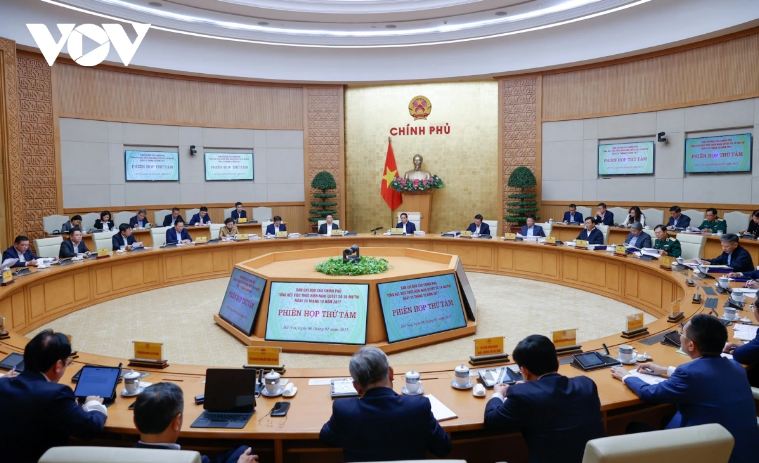
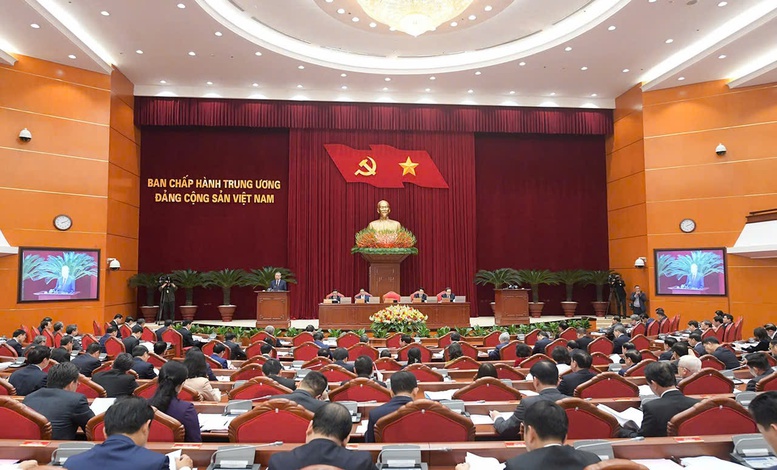
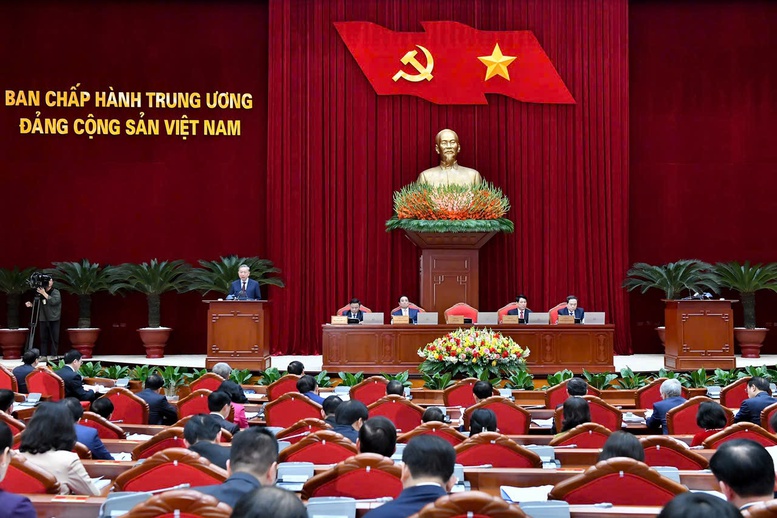
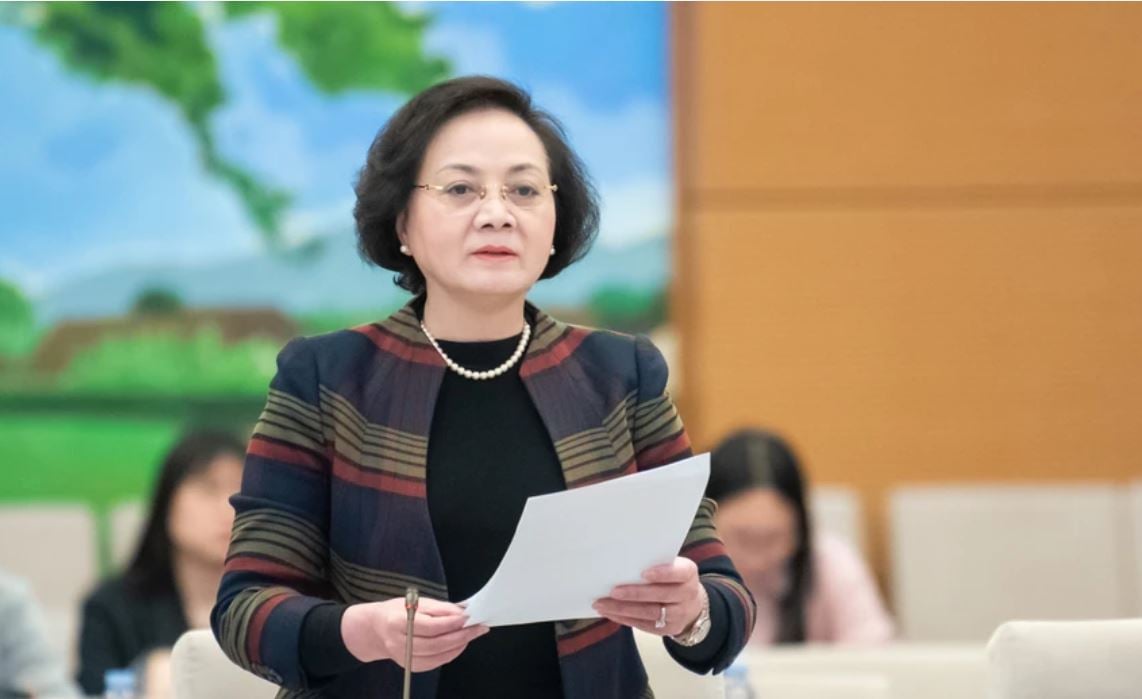
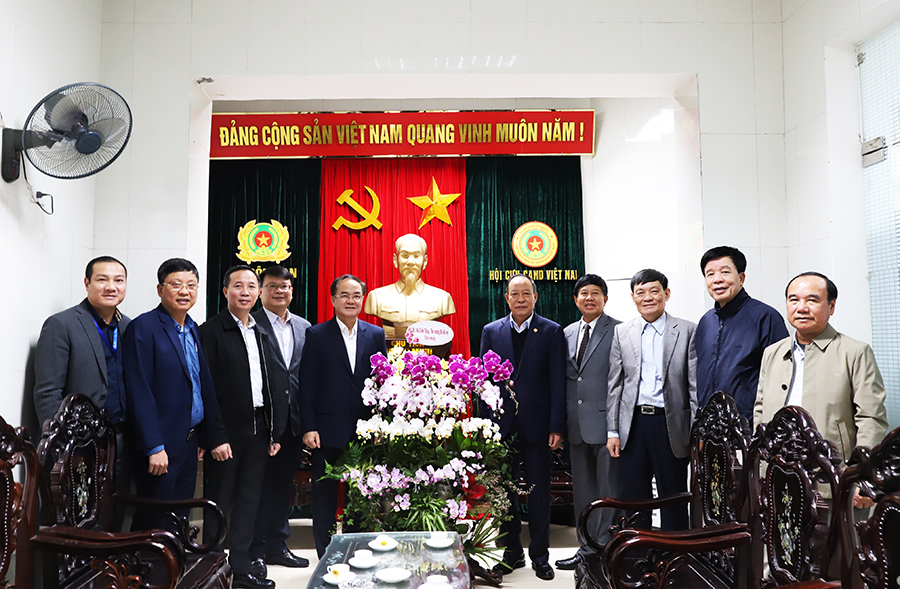
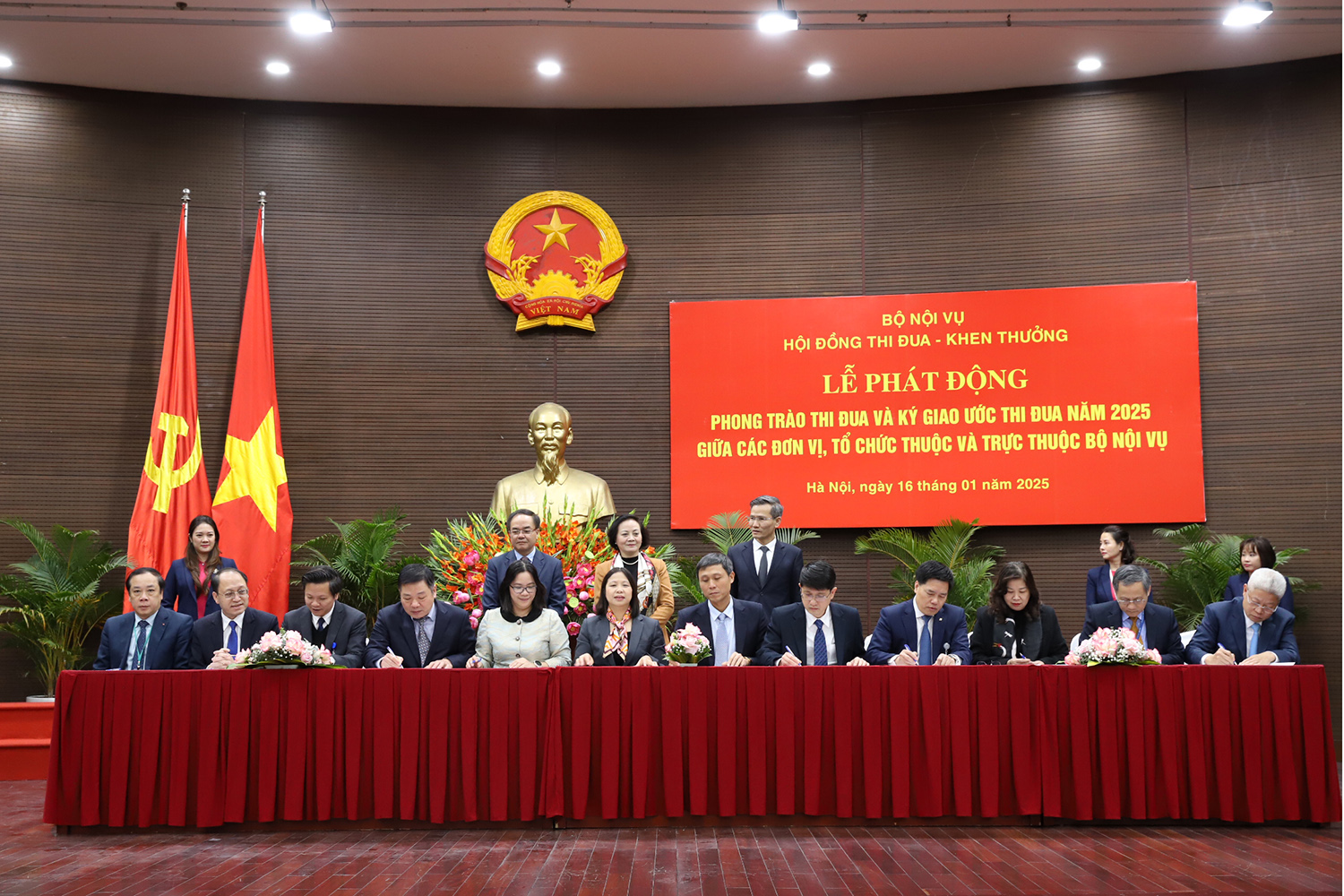







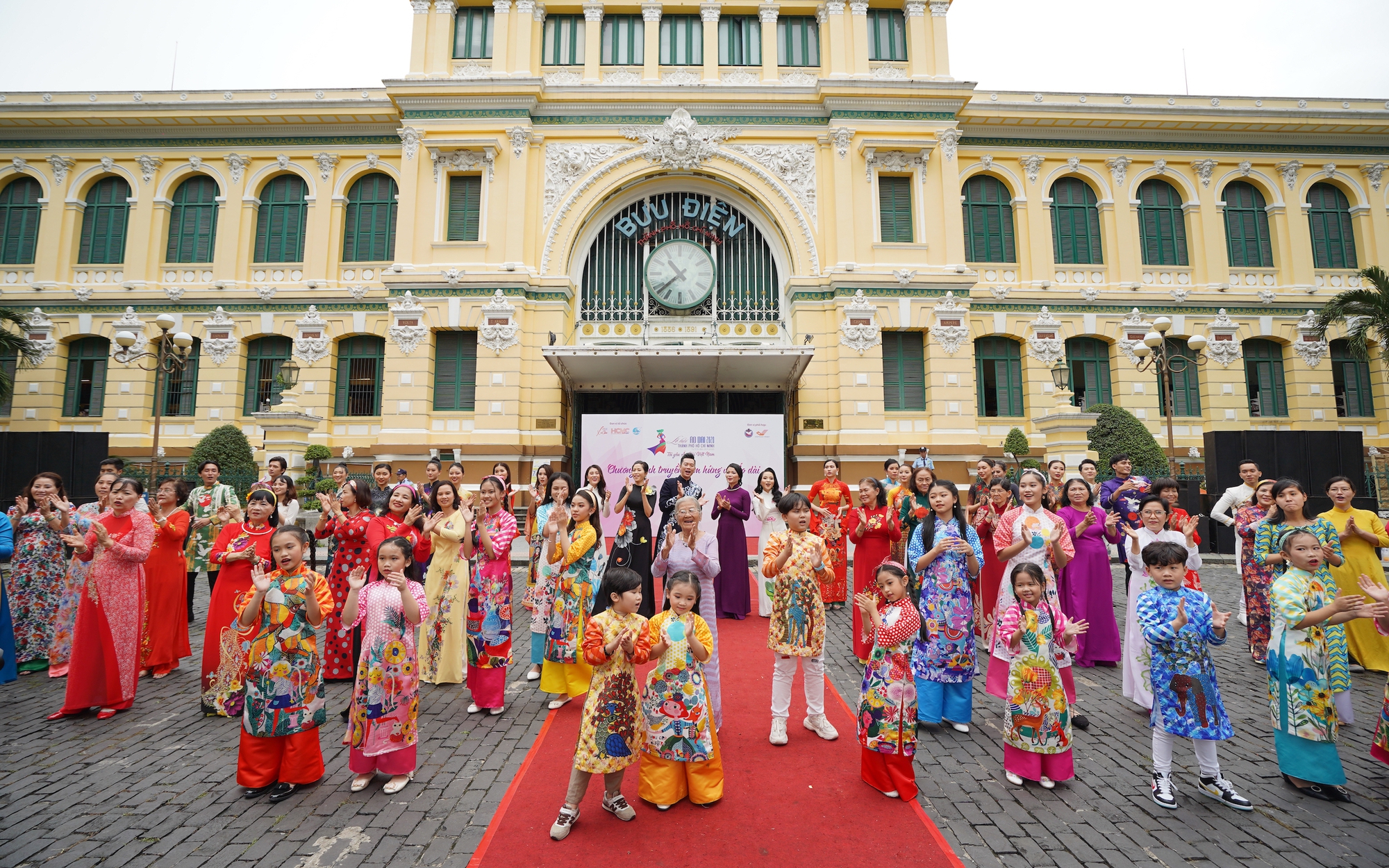




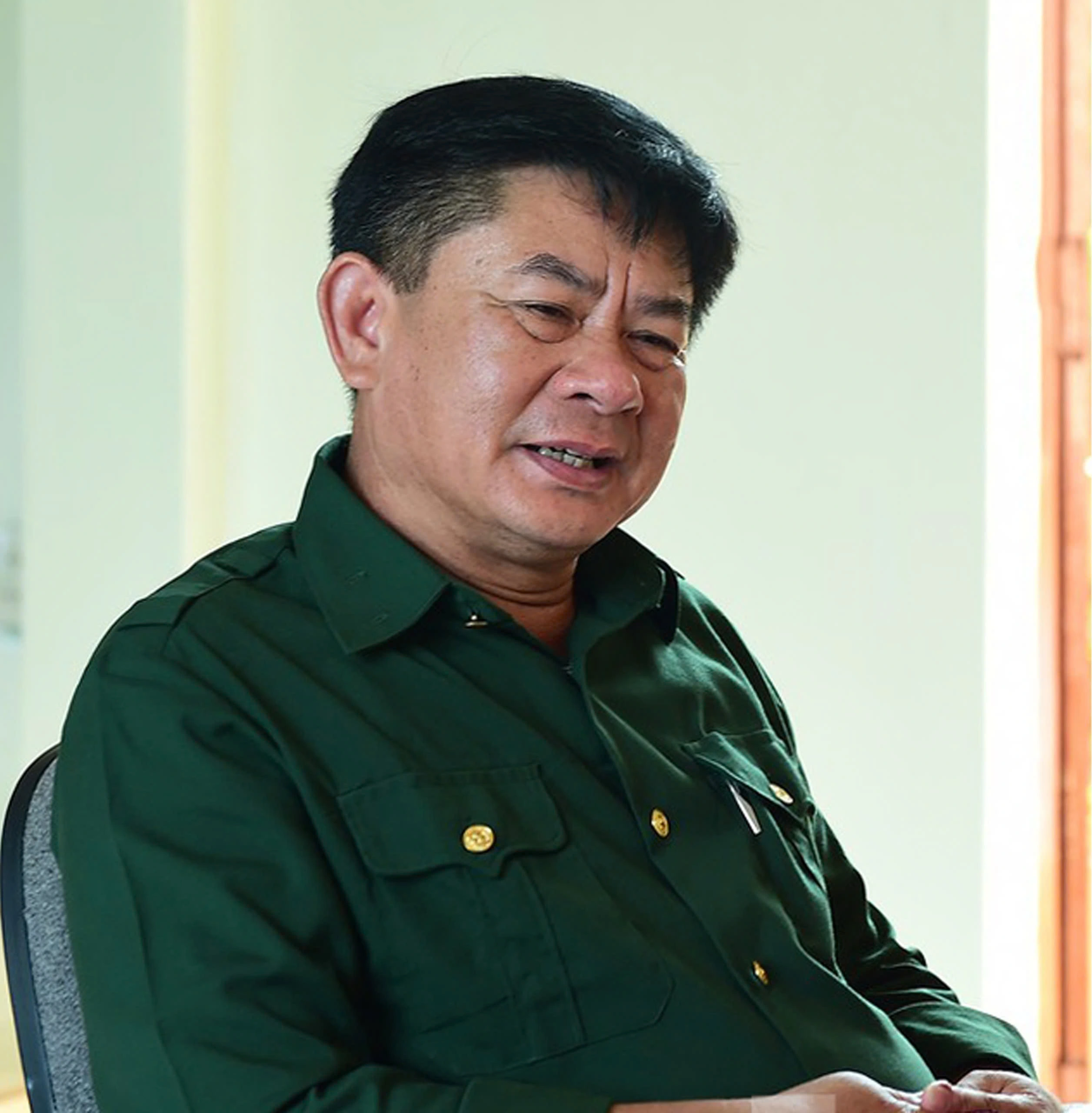









Comment (0)